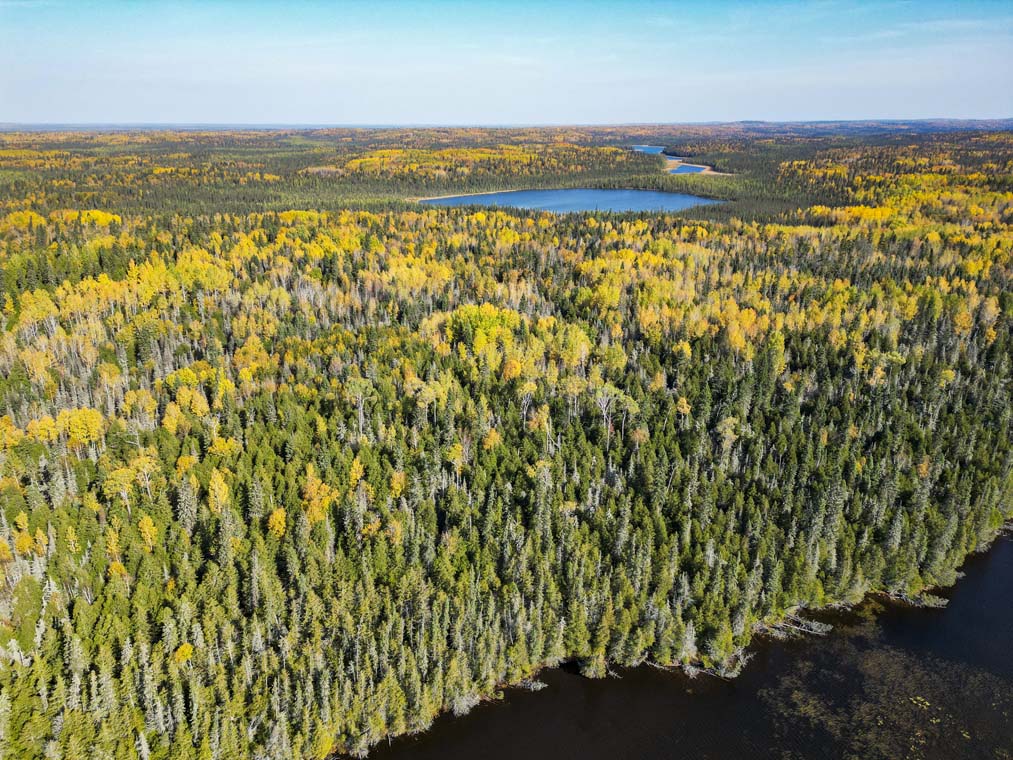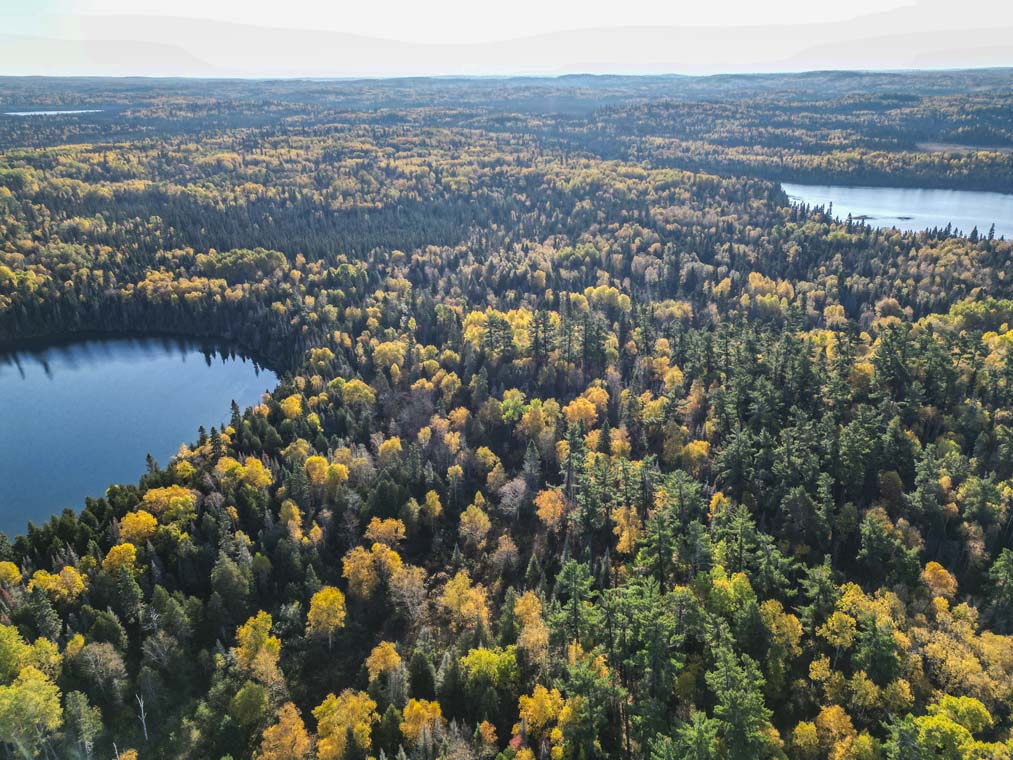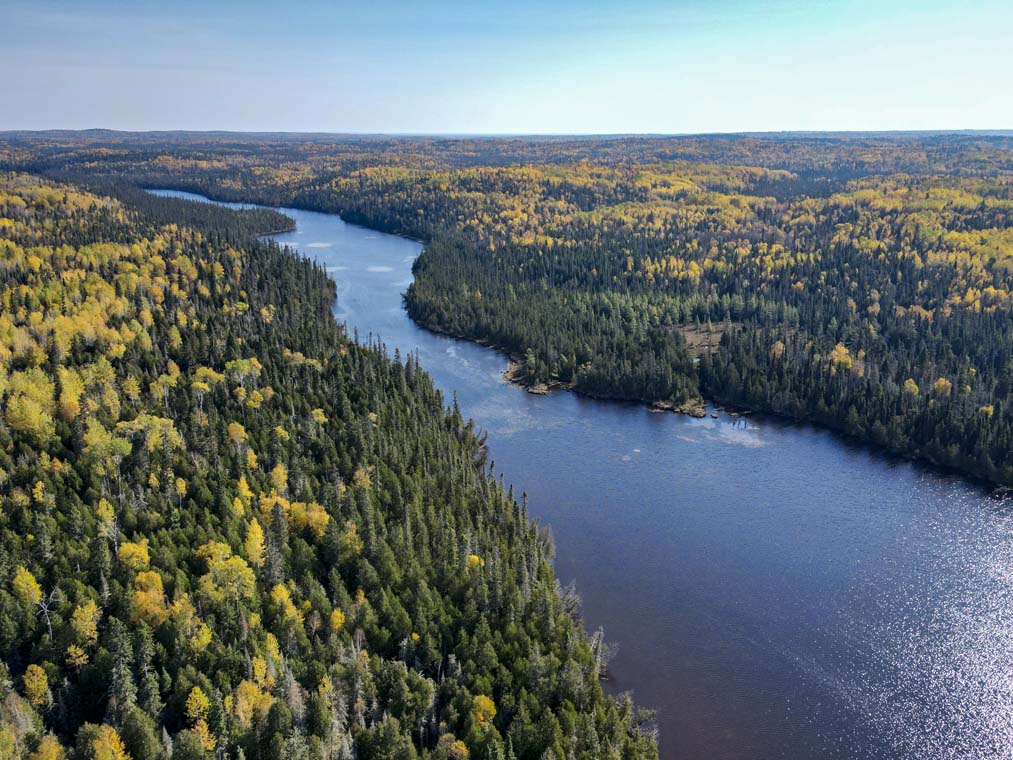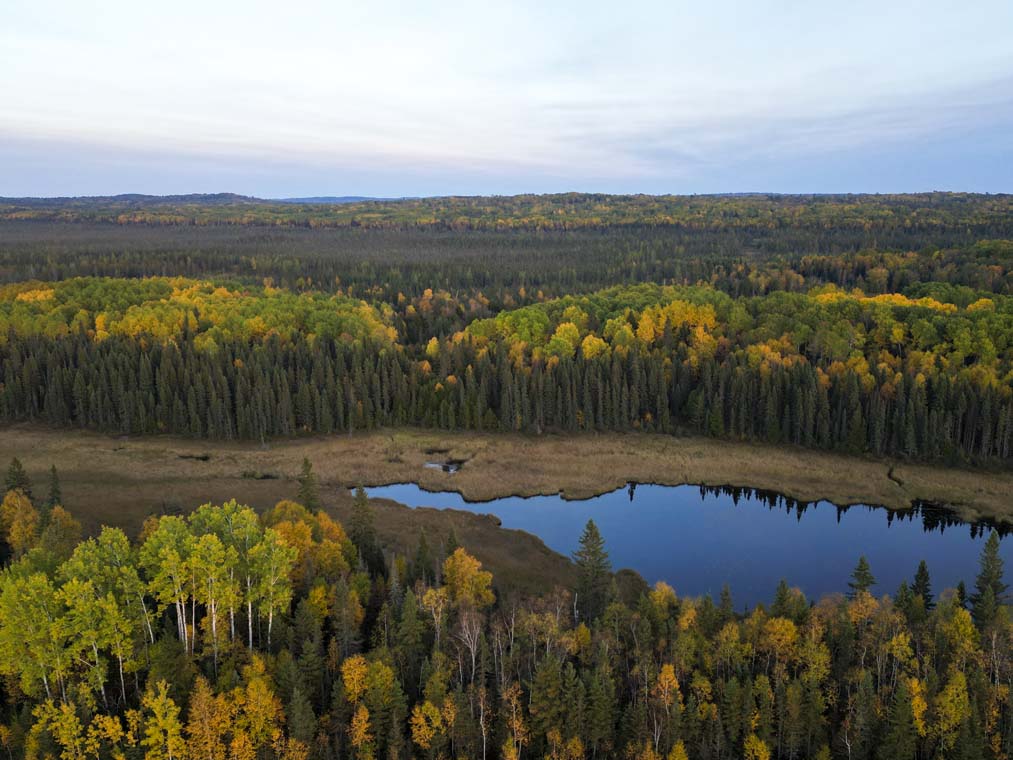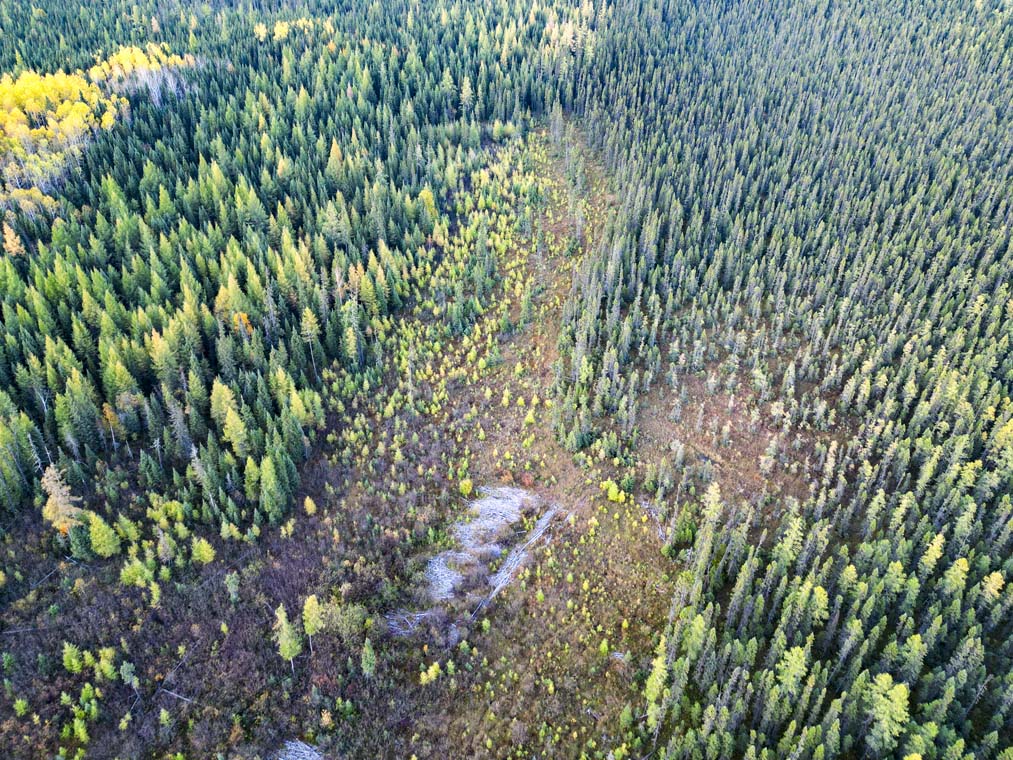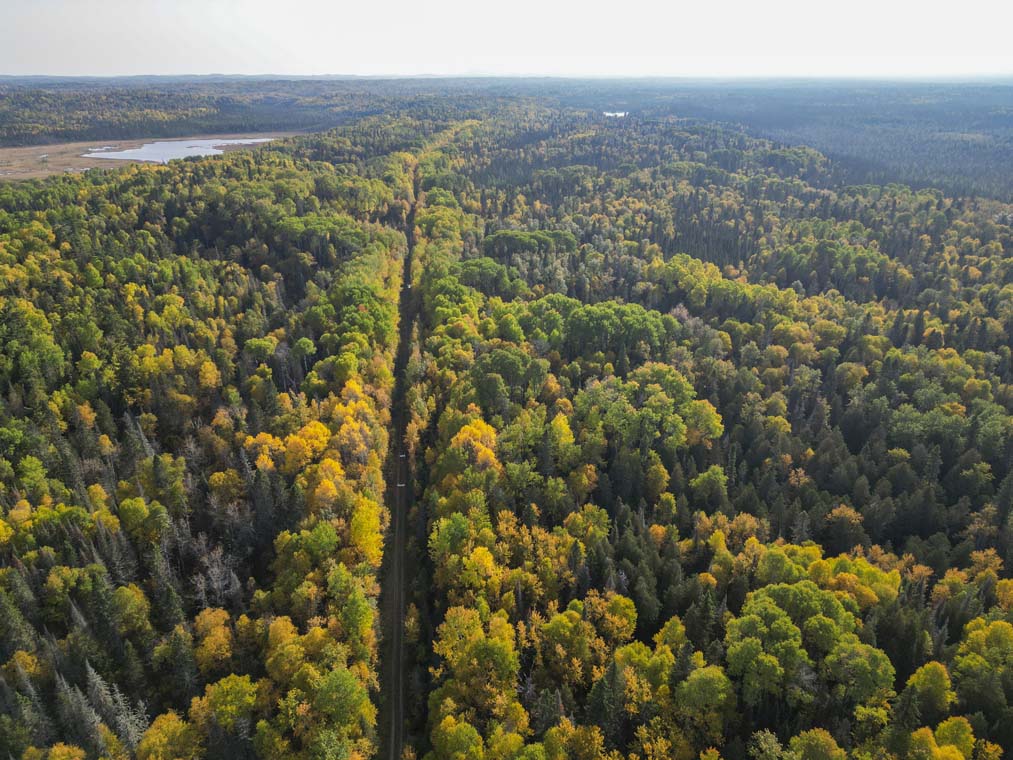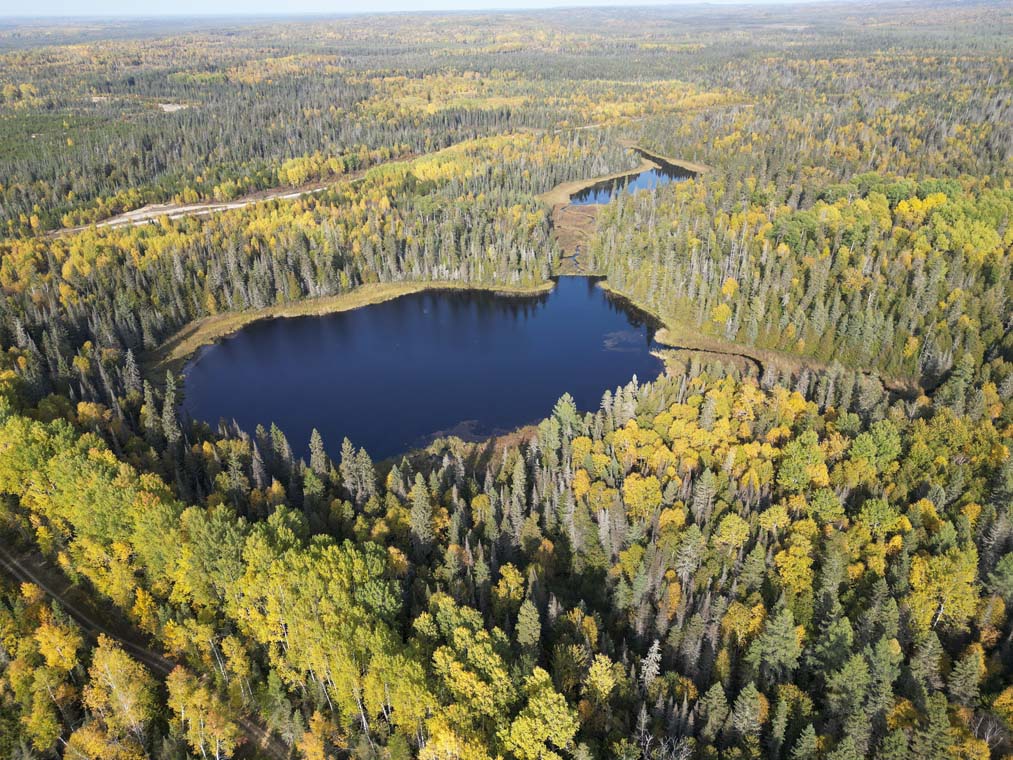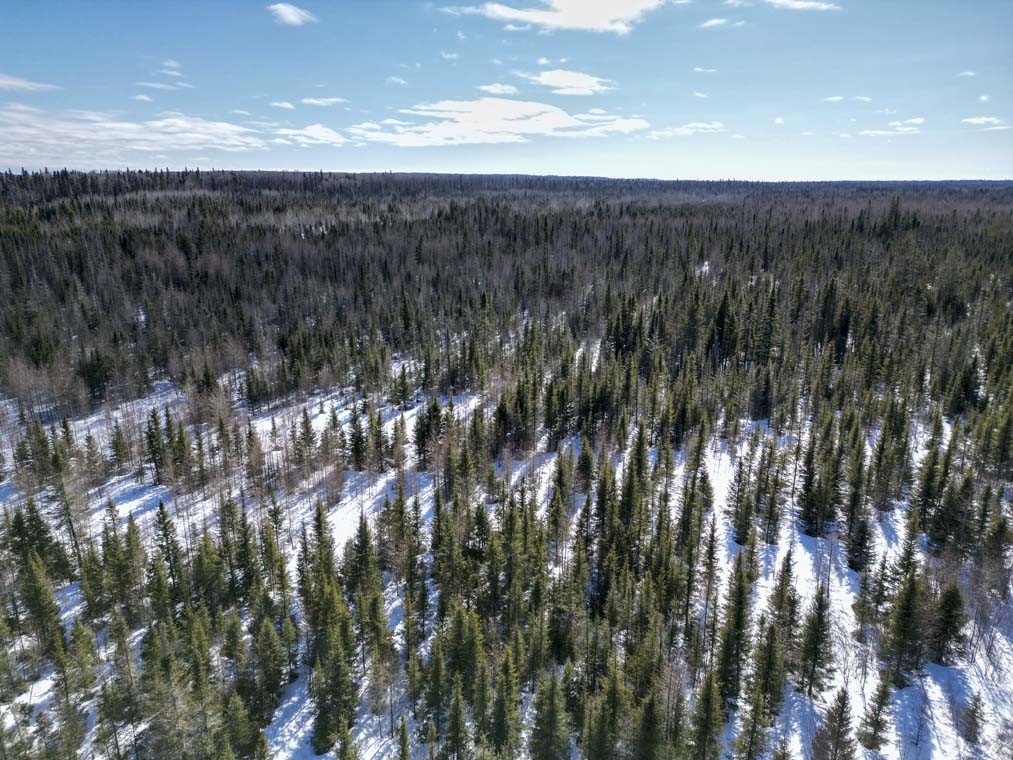Our Taiga Forest Carbon Project spans a 203,000-acre property located south of Kapuskasing in Ontario’s Great Clay Belt boreal forest. The forest is dominated by coniferous trees and contains large areas of primary forest – forestland that has never seen human harvest activities.
Project Summary:
Location:
Ontario, Canada
REGISTRY:
Environment and Climate Change Canada
protocol:
Improved Forest Management on Private Land, Version 1.1
project id: IFM000001
Activity:
Improved Forest Management Private Land (logged to protected forest- LtPF)
volume:
~160,000 tonnes salable offsets annually
In the spring and summer, the Taiga Forest comes alive with the chorus of migrant songbirds. Canada’s boreal forest is a summer destination for billions of songbirds that migrate from their south and central American winter grounds to breed in Canada’s north.
Preserving and restoring the Taiga Forest will allow us to offer these birds, many of which are experiencing population declines, a safe refuge to bring forth the next generation and sustain their impressive lifecycles.
In addition, through our forest stewardship, we will provide the habitat required by Canada’s more well-known boreal residents. These species continue to be abundant in the forest, however, the historical extirpation of woodland caribou and wolverine from this area shows that without sufficient support and protection, even once common species can disappear.
The Great Northern Clay Belt is not only impacted by commercial forestry but is also increasingly threatened by the expansion of agriculture.
Agricultural expansion is a huge concern given that the boreal forest contains vast stores of carbon, not just in the trees but more significantly in the region’s deep peat soils and wetlands.
Our carbon project will ensure that a vast expanse of the critical Clay Belt ecosystem remains protected from further industrial development and will contribute to maintaining and locking away additional carbon during the project’s 100-year crediting period.
Carbon Measurement & Monitoring
A precise inventory of carbon stocks is critical to measure changes in forest carbon over time. Using a combination of remote-sensing data from LiDAR and 4-band imagery, ground-based measurements, and state-of-the-art mathematical models based on machine learning, a seamless inventory has been generated of the entire project area. Perimeter’s activities speak to our passion for sustainable forest management, going beyond the requirements of the protocol and allowing us to accurately track changes in the forest (and carbon stocks) over time, applying a consistent approach for future inventories and reducing sampling error.
iNaturalist Project
iNaturalist is an online social network of people sharing biodiversity information to help each other learn about nature. It’s also a crowdsourced species identification system and an organism occurrence recording tool. Perimeter Forest and Sault College are working together to set up an iNaturalist Project for the Taiga Forest where we will document all flora and fauna (plants, birds invertebrates, herptiles, mammals, lichens, fungi etc.) encountered. The iNaturalist project also incorporates results from our camera trap program and Woodland Caribou monitoring program.
The Taiga Forest iNaturalist Project can be viewed at the following link: Taiga Property (Perimeter Forest), Algoma/Cochrane district, Ontario, Canadat
Managing Kapuskasing’s Ecology
Explore more images of our Taiga Forest
Wildlife monitoring photos coming soon

